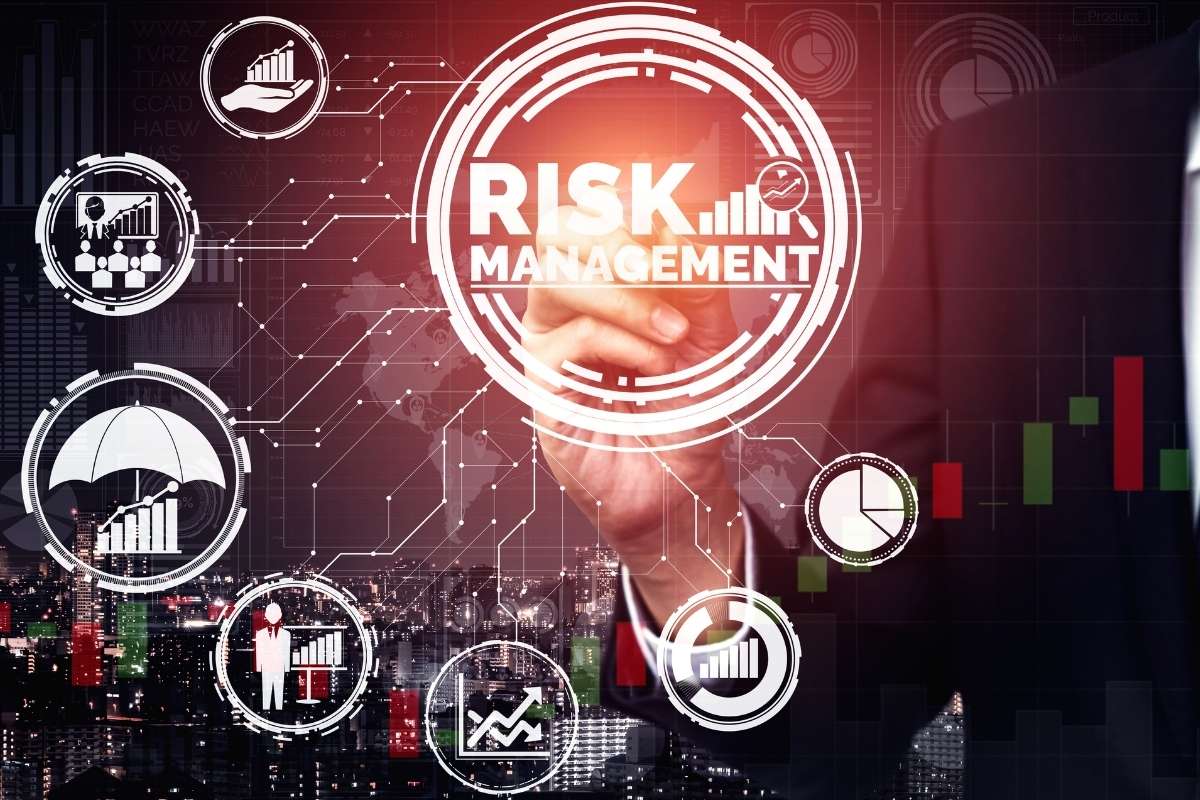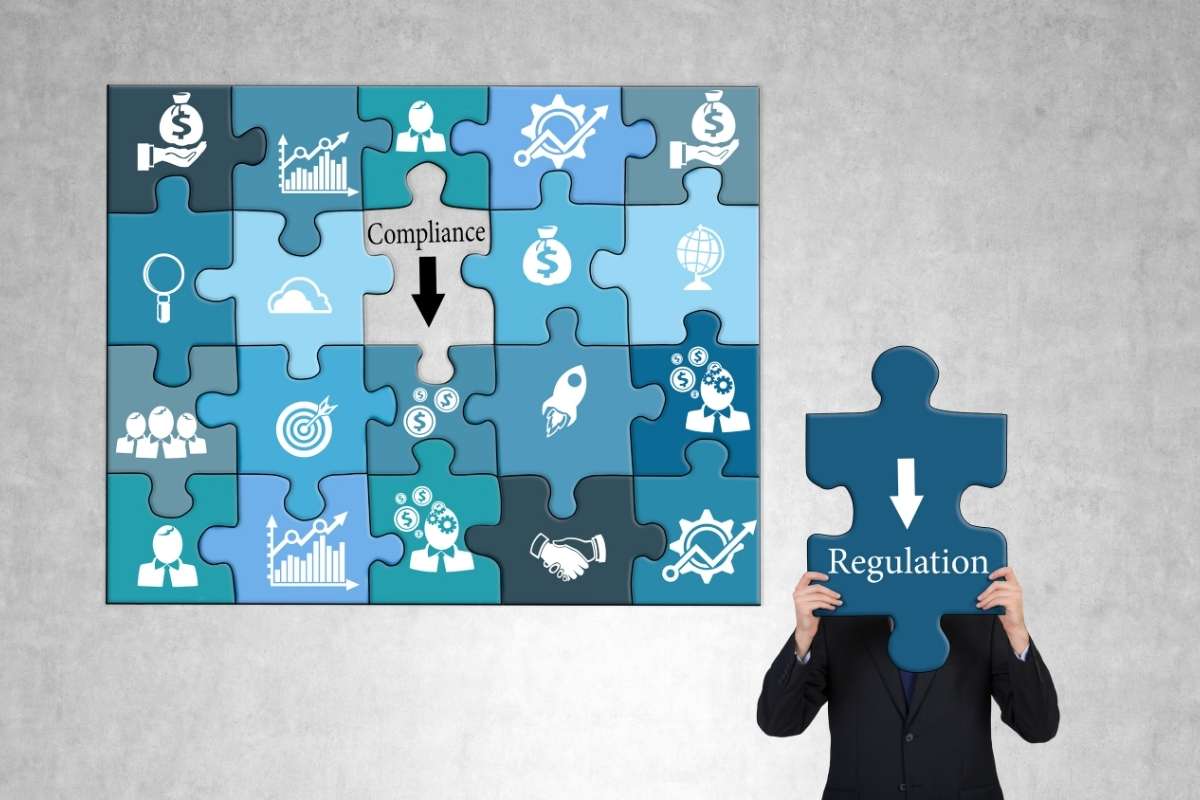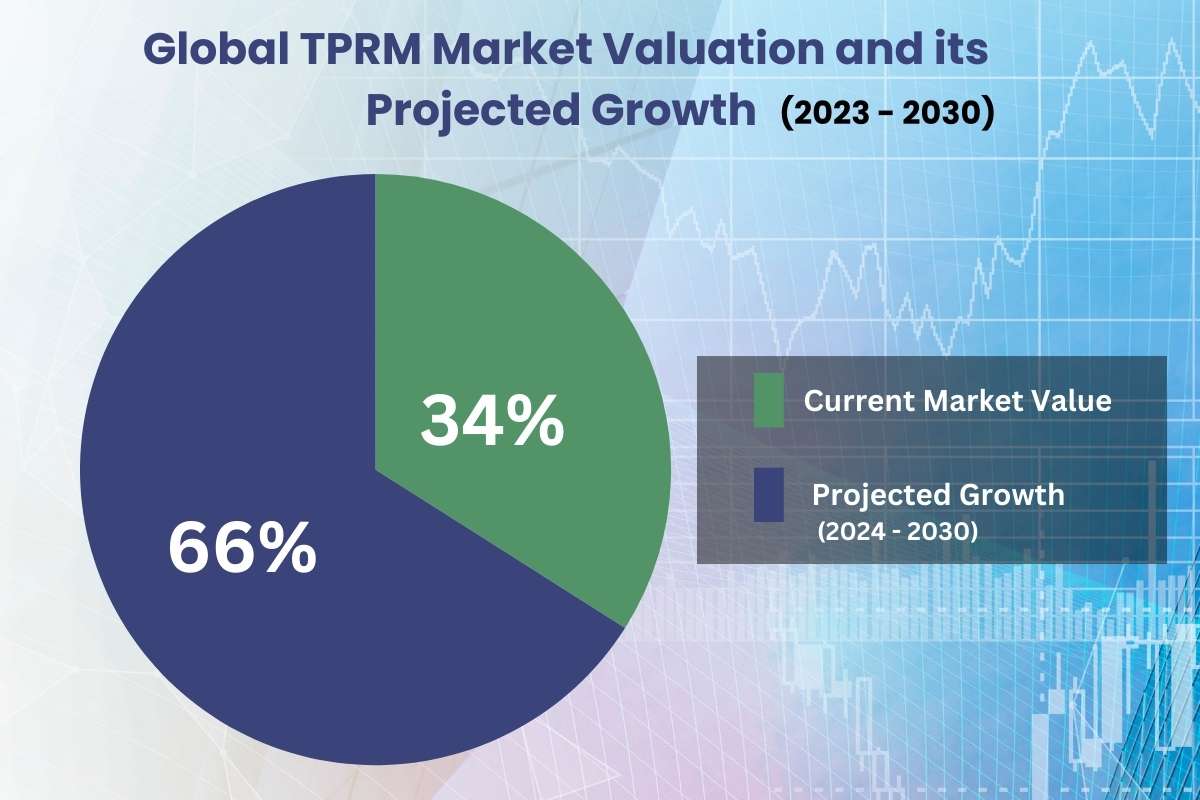Organizations usually have a big question of how to manage third-party risks and safeguard their operations and reputation. Businesses are dependent on external vendors and service providers, and their dependency is increasing day by day to ensure the same. These third parties introduce businesses to risks, particularly in cybersecurity, conformity, and financial stability. An organized approach to managing these risks is necessary to protect your business’s operations and reputation.
This blog will provide you with information about how to manage third-party risks and market insights to give you a pathway to navigate through these challenges.
Why Manage Third-Party Risks?

Third-party risks have various threats from vendors, suppliers, and service providers. These can include data breaches, non-compliance with regulations, or even financial instability. Businesses must get an understanding of how to manage third-party risks, as it not only reduces disruptions but also helps to maintain the customer’s trust and regulatory conformity.
The following techniques will guide the organizations in managing third-party risks.
1. Conduct Comprehensive Risk Assessments
The first step in how to manage third-party risks effectively is to conduct thorough risk assessments. This includes evaluating their financial health, cybersecurity protocols, history, and overall reputation. This type of assessment gives them insights about vulnerabilities, which helps them to reveal risks that may impact the organization and also keeps the businesses updated on changes in a vendor’s risk profile.
2. Establish Clear Contracts and Service Agreements
Well-defined contracts with your third-party vendors play the main role in how to manage third-party risks. Businesses should see to it that the agreements specify roles, responsibilities, and expectations, especially regarding data protection and cybersecurity standards. Liabilities in case of a breach will protect your business from third-party risks. Take some time to create these contracts to avoid trouble later.
3. Implement Continuous Monitoring
Continuous monitoring is essential for you to ensure ongoing compliance and performance. Using automated tools for real-time monitoring will help you track any changes in your vendor’s risk profile, and you can respond to them quickly. This technique will not only help you to identify potential issues but will also make you understand the importance of security.
4. Create Incident Response Plans
Develop an incident response plan of how to manage third-party risks efficiently. Such a plan should contain communication protocols, backup strategies, and response teams to handle any disruptions caused by vendor failures or cyberattacks. These plans are essential for you to ensure that all of this remains relevant and effective in addressing potential threats.
5. Ensure Regulatory Compliance
Following the industry regulations is a crucial point of how to manage third-party risks. You should know that your vendors follow the necessary legal requirements, including data protection and cybersecurity regulations.

With the inclusion of compliance regulatory reviews in your third-party risk management strategy, you can stay away from regulatory challenges. Regular checks will ensure that all parties remain accountable and reduce risks related to their violation.
6. Leverage Technology for Risk Management
Utilizing advanced technology can give you the correct solutions for how to manage third-party risks. The automated risk management platforms offer real-time insights into your vendor relationships. Such platforms help you to evaluate and track performance continuously. These tools simplify risk assessments and ensure that you stay obedient to industry standards, which provide you more robust defense against potential threats.
Insights into the Growing Third-Party Risk Management Market
The third-party risk management (TPRM) market is experiencing significant growth, driven by the increasing complexity of business ecosystems and the rise of cyber threats. Here’s a pie chart that provides us a glance at how the global TPRM market valuation in 2023. It also tells us the projected growth from 2024 to 2030. The chart also represents the market value of approximately USD 7.42 billion.

1. Market Drivers and Trends
Organizations are constantly working on the need to assess and reduce the risks related to third-party relationships. This motivation is driven by the regulatory requirements and severe financial and reputational damage arising from third-party incidents. Adopting new technologies such as Artificial Intelligence(AI) and machine learning (ML) is improving the question of how to manage third-party risks of several businesses.
2. Components Driving the Market
The TPRM market is divided into solutions and services. The solutions have accounted for over 59% of the global market revenue in 2023. This is due to the adoption of integrated technological solutions. These solutions provide robust functionalities for risk assessments and compliance management. On the other hand, the services segment is used for rapid growth as organizations increasingly depend upon specialized providers to implement TPRM frameworks. They conduct thorough risk assessments to ensure continuous monitoring. The dependency on expert services reflects a growing knowledge of how to manage third-party risks easily.
3.Regional Dynamics
North America leads the TPRM market with a share of over 38% in 2023. It is largely driven by enterprises facing complex risk management challenges. The market in Europe is also expanding, which is influenced by diverse businesses and rising cyber threats. On the other hand, the Asia Pacific region is expected to see rapid growth due to its expansion in digital systems.
Conclusion
We hope you have a better idea about how to manage third-party risks in today’s business environment. Taking thorough assessments, making clear contracts, and using advanced technologies can help you reduce the risks related to external parties. Managing third-party risks is essential for you to build a secure business operation. As the TPRM market continues to change, businesses must proactively keep updating their strategies to protect their businesses against growing threats.






